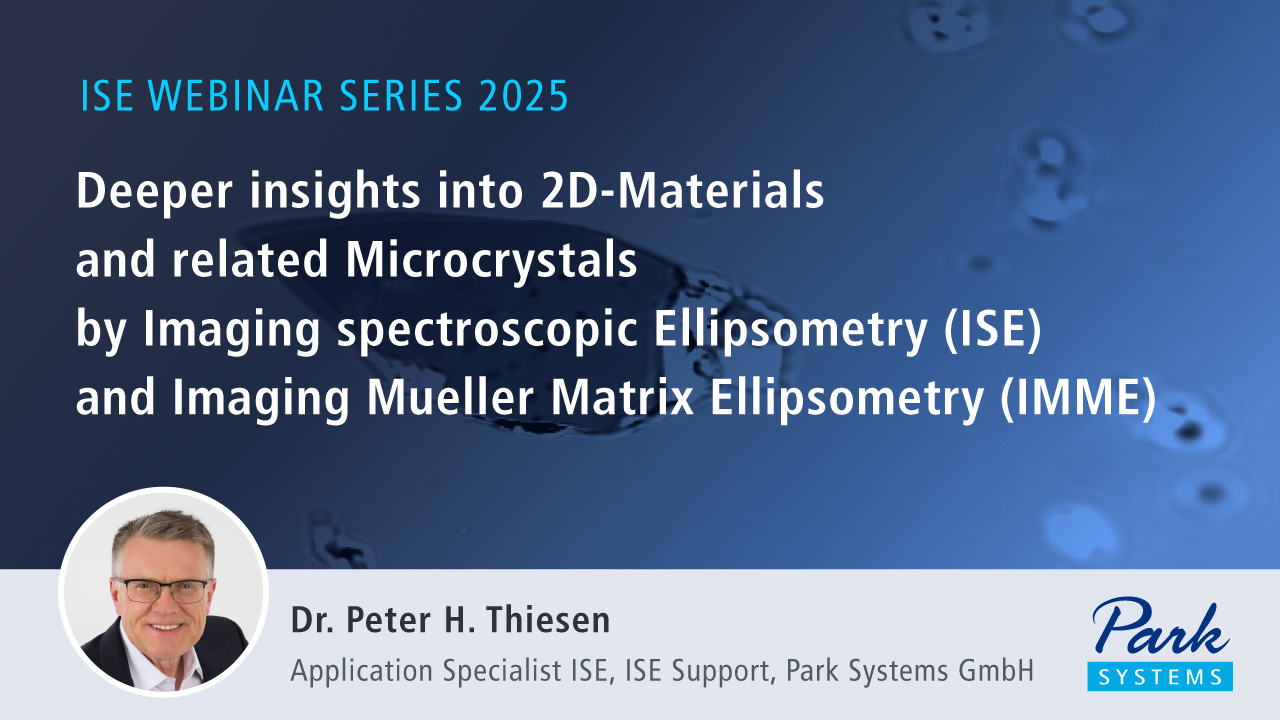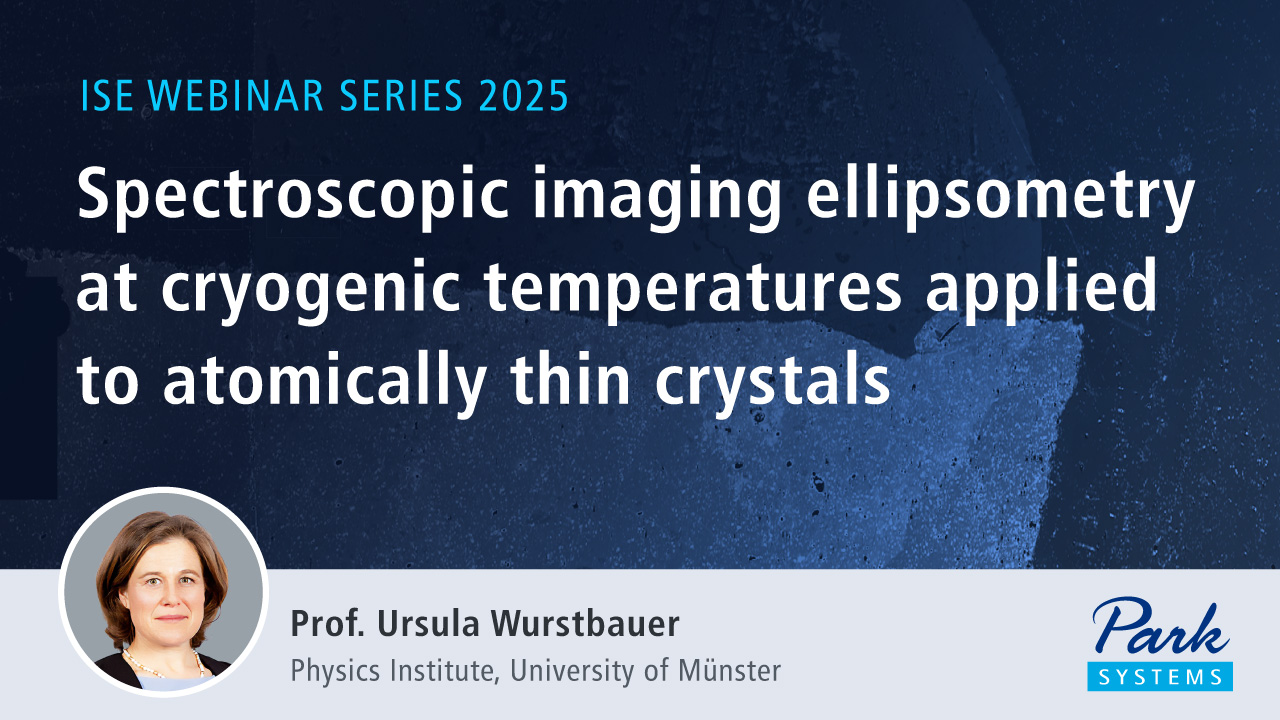SPEAKERS

-
Prof. Dr. Manuela Schiek
University of Linz, Austria
- Manuela Schiek completed her doctoral thesis on Organic Molecular Nanotechnology in 2007. Following several years of teaching and research at the Engineering Campus of the University of Southern Denmark, she held a Junior Professorship in Experimental Solid State Physics at the University of Oldenburg, Germany, which she completed in 2019. Subsequently, she joined Johannes Kepler University Linz, Austria, and is currently based at the Center for Surface and Nano Analytics (ZONA). In 2023 and 2024, she additionally worked at the National Metrology Insitute (PTB) in Brunswick, Germany, where she further deepened her expertise in imaging ellipsometry. Her research focuses on (chiral) molecular excitonics, functional organic thin films, and solid–liquid interfaces, with a particular emphasis on polarization-resolved microscopy and spectroscopy.
- Access Speaker Publications
SPEAKERS
-

- Prof. Dr. Manuela Schiek
- University of Linz, Austria
Authors
Imaging Mueller matrix ellipsometry (IMME) provides powerful capabilities for spatially resolved optical characterization across a wide range of sample types. Here, the application for two distinct fields is demonstrated: the analysis of molecular excitons in microcrystalline thin films and the optical probing of engineered micro-/nano-structures fabricated by lithography.
A particular anilino squaraine dye forms microcrystalline textured thin films exhibiting rotational domains with a preferred orientation. Using an EP4 imaging ellipsometer, the full diagonal dielectric tensor of these domains can be determined,[1] revealing a multiple Davydov splitting including a dark state due to multiple non-equivalent molecules within the orthorhombic unit cell. Once the molecular alignment and the spatial anisotropy of the excitonic transitions are known polarized spectroscopic transmission intensity mapping with the EP4 enables the identification of different polymorphs in distinct crystalline domains based on their characteristic polarized absorbance pattern [2].
In a complementary study, the performance of an EP4 system is demonstrated for single tapered gold lines fabricated on silicon substrates. Despite being below the diffraction limit, individual lines with a diameter of about 50 nm are clearly detected through Psi-Delta imaging. Moreover, Mueller matrix imaging reveals significant off-diagonal signals at the edges of structures a few microns wide, effects that would be lost in conventional non-imaging ellipsometry. [3,4]
These examples illustrate the versatility of imaging Mueller matrix ellipsometry for both the quantification of dielectric tensors in microcrystals and the extended optical characterization of engineered micro-/nano-structures.
Image taken from [1]: https://pubs.acs.org/cms/10.1021/acs.jpclett.1c00317/asset/images/medium/jz1c00317_0004.gif
References:
[1] Funke, Duwe, Balzer, Thiesen, Hingerl, Schiek. Determining the Dielectric Tensor of Microtextured Organic Thin Films by Imaging Mueller Matrix Ellipsometry. J. Phys. Chem. Lett. 12 (2021) 3053.
[2] Balzer, Breuer, Witte, Schiek. Template and Temperature-Controlled Polymorph Formation in Squaraine Thin Films. Langmuir 38 (2022) 9266.
[3] Hingerl. Imaging Ellipsometry for Structured and Plasmonic Materials. J. Appl. Phys. 129 (2021) 113101.
[4] Käseberg, Grundmann, Siefke, Klapetek, Valtr, Kroker, Bodermann. Mueller Matrix Ellipsometric Approach on the Imaging of Sub-Wavelength Nanostructures. Front. Phys. 9 (2021) 814559.
Related Contents

Deeper insights into 2D-Materials and related Microcrystals by Imaging Spectroscopic Ellipsometry (ISE) and Imaging Mueller Matrix Ellipsometry (IMME)

Giant Optical Anisotropy and High Refractive Index in van der Waals Materials


